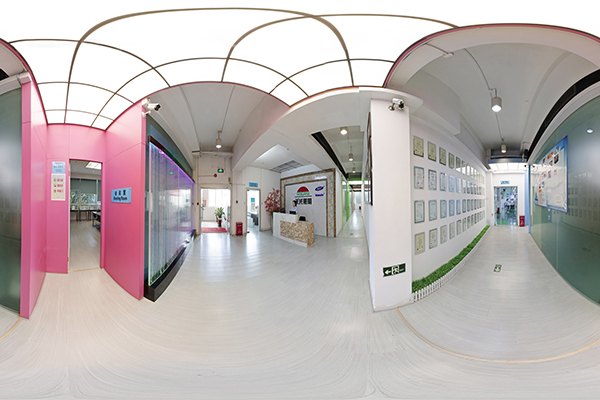Views: 29 Author: Site Editor Publish Time: 2024-12-05 Origin: Site
Traditional agriculture relies heavily on sunlight, making plant growth susceptible to natural environmental influences. In contrast, plants grown under artificial lighting are not limited by natural conditions and can achieve high-quality crop yields through optimized light, temperature, humidity, carbon dioxide concentration, and nutrient solution composition. This makes concepts from science fiction—like post-apocalyptic worlds or The Wandering Earth—feasible, where plant lighting could enable humans to grow healthy vegetables and grains.
LED plant lighting reduces the constraints of natural light on agricultural production. Efficient light control methods for plants can promote growth and development, achieving goals such as increased yield, efficiency, high quality, disease resistance, and pollution-free production, thereby enhancing agricultural output capacity. According to Yang Qichang, Chief Scientist of the Smart Plant Factory at the Chinese Academy of Agricultural Sciences, lettuce typically takes 70 days to grow naturally, but in a plant factory, it only requires 21-25 days—about one-third of the natural time. Moreover, plant factories can be built with ten or more layers, boosting productivity per unit of land area by 40 to 100 times compared to open-field farming.
Compared to traditional light sources, LEDs as light sources for plant lighting fixtures offer advantages such as high photoelectric conversion efficiency, easily adjustable spectra, small size, long lifespan, and low energy consumption. As costs decline, LEDs have gradually become the mainstream light source for plant lighting.
The effects of LED light at different wavelengths on plant growth are multifaceted. By rationally combining and applying these light sources, plant growth efficiency and quality can be significantly improved:
Blue Light (Wavelength Range: ~450-495 nm): Blue light promotes chlorophyll formation and photosynthesis. It also affects plant morphology, such as leaf expansion and stem elongation, and has some influence on flowering and fruit quality.
Green Light (Wavelength Range: ~495-570 nm): Green light is less absorbed by plants but impacts their morphological development, such as leaf unfolding and stem elongation, helping to balance overall growth.
Yellow/Orange Light (Wavelength Range: ~570-620 nm): Yellow and orange light promote photosynthesis, especially when combined with red light. These wavelengths may enhance plant growth, flowering, and aesthetic appeal.
Red Light (Wavelength Range: ~620-750 nm): Red light is critical for photosynthesis, as it is one of the wavelengths most strongly absorbed by chlorophyll. It promotes flowering, fruit maturation, and influences plant growth direction and morphology.
Far-Red Light (Wavelength Range: ~700-750 nm): Far-red light is important for plants’ photoperiodic responses, affecting dormancy and flowering. It is often used in combination with red light to simulate natural light conditions.

In 2021, the global demand for LED plant lighting fixtures was $3.2 billion, projected to reach $7 billion by 2026. The global plant lighting system market was only about $3.8 billion in 2017 but is expected to surge to $17 billion by 2027, with a compound annual growth rate of 16%. In 2020, China’s plant lighting fixture output was approximately 2.8 billion yuan, with a year-on-year growth rate of 33%, while the plant lighting system output reached about 9.5 billion yuan, with a 25% growth rate. According to data from GGII (High-Tech Industry Research Institute), from January to March 2021, China’s exports of lighting fixtures, devices, and parts totaled $10.308 billion, a year-on-year increase of 100.3%.
Indoor cannabis cultivation is ideal for increasing the purity of the addictive compound THC, shifting from one outdoor harvest per year to four indoor harvests. LED plant lighting offers significant advantages for cannabis cultivation:
Energy Saving: LED grow lights save 50-70% more energy compared to other plant lights, and their intensity does not diminish over time.
Low Carbon, No Heat Emission: LED grow lights produce minimal heat compared to HPS or HID lamps, which emit substantial heat and can burn plant leaves. LEDs provide sufficient photosynthetic brightness while reducing harmful particle emissions.
Durability and Lifespan: With proper use, LED lights can last 3-4 years or more, which is why they are replacing traditional grow lights. They contain no mercury or other chemicals harmful to plant growth.
Low Maintenance: LED grow lights are easy to install, operate efficiently, and require no maintenance issues.
Plant Quality: Traditional grow lights can burn or dry out plants if temperature is not properly managed and emit UV rays harmful to plants. In contrast, LED grow lights produce no UV rays, protecting plants and allowing them to grow according to their natural cycles.

